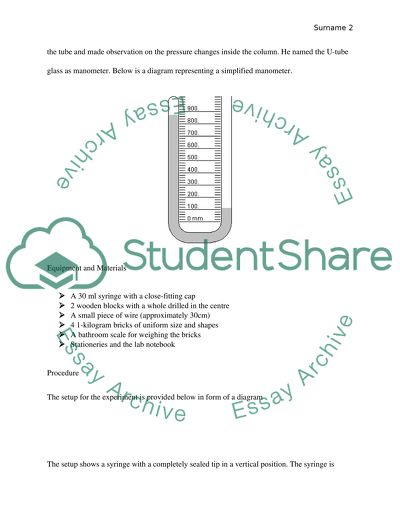Properties of gases( pressure, volume, temperature by Boyle's Law) Research Paper. Retrieved from https://studentshare.org/chemistry/1680018-properties-of-gases-pressure-volume-temperature-by-boyles-law
Properties of Gases( Pressure, Volume, Temperature by Boyle'S Law) Research Paper. https://studentshare.org/chemistry/1680018-properties-of-gases-pressure-volume-temperature-by-boyles-law.


